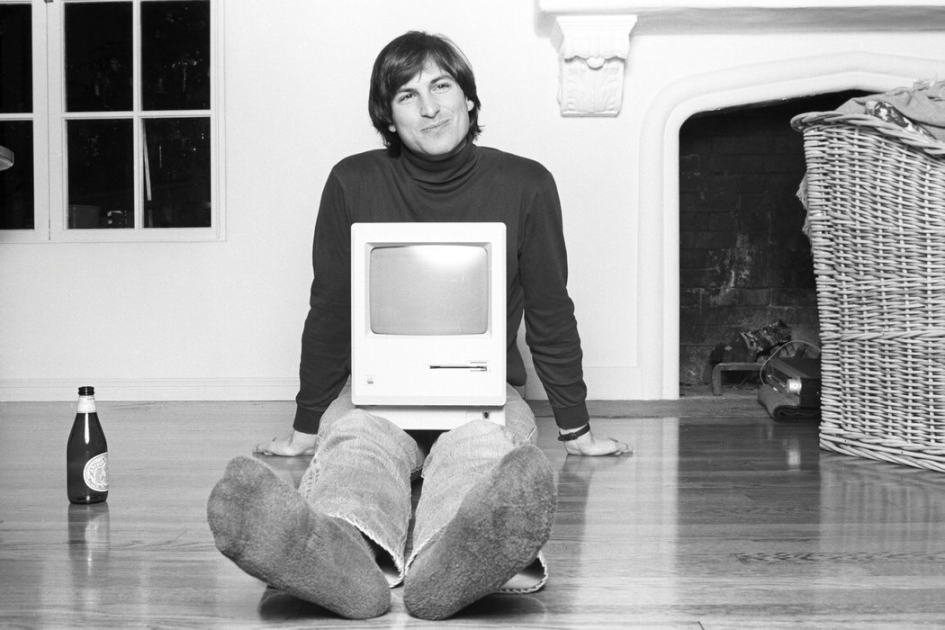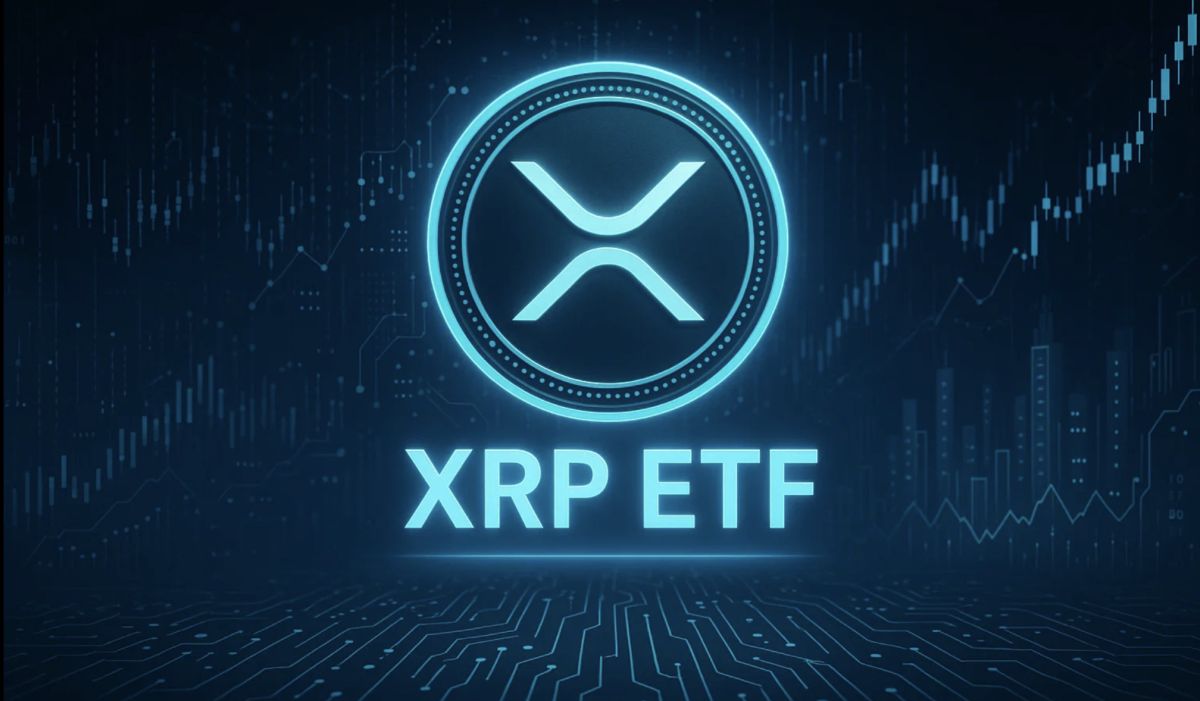The next step for crypto is only one path: to become the mainstream world itself.
Let crypto become a vehicle for technology, not a playground for gamblers.
Make Crypto a vehicle for technology, not a paradise for gamblers.
Written by: Zhou Zhou, Foresight News
For Crypto, there is only one path ahead—to no longer remain on the fringes, but to become the mainstream itself.
On October 29, when Nvidia’s market cap surpassed 5 trillions USD, becoming the world’s first listed company to break the 5 trillions USD mark, crypto practitioners collectively “broke down.” This was not only because Nvidia, as a single company, exceeded the total market cap of cryptocurrencies (4 trillions USD), but also because Nvidia and the AI sector it represents are striving to expand the boundaries of the world and seek new growth, while Crypto is often seen as being stuck in a zero-sum game. Many people have not only failed to gain wealth but have also lost their future.
AI industry practitioners talk daily about hot topics such as: autonomous driving, robotics, life sciences, space travel... how AI is deeply changing and reshaping the value of these industries. As one crypto KOL put it, the hot topics discussed daily by crypto practitioners are: cats, dogs, frogs, Chinese memes, who got listed on Binance Alpha, which celebrity liked or retweeted... After the excitement, all that’s left is a mess.
The repeated bursts of altcoin and meme waves may gradually help crypto practitioners recognize the right direction. Only by combining technology with the real economy can Crypto have a more sustainable and lasting future. Make Crypto a vehicle for technology, not a paradise for gamblers.
The more realistic issue is: when the market cap of USD stablecoins reaches 250 billions USD (with USD circulation at about 2.5 trillions USD), Bitcoin’s market cap exceeds 2.2 trillions USD (gold’s market cap is 27 trillions USD), and Binance’s daily spot and derivatives trading volume reaches 100 billions USD (Nasdaq’s daily trading volume is about 500 billions USD), there is no road left for Crypto but to become the mainstream itself.
1: Use blockchain technology to completely replace the global financial system.
Stablecoins are gradually replacing the original operating systems of fiat currencies; cryptocurrency exchanges are taking market share from traditional securities exchanges like Nasdaq; Bitcoin is becoming the new global value anchor after gold; public blockchains like Ethereum are attempting to replace SWIFT and build a new international value transfer network... From currency markets, securities markets, gold markets, international trade markets, to payment systems, cryptocurrencies are reshaping the entire financial world.
And in this process, the crypto industry itself is constantly evolving.
Stablecoins are evolving towards “decentralized stablecoins”—after USDT and USDC, there are decentralized stablecoin attempts like Ethena; cryptocurrency exchanges are moving towards “decentralized exchanges”—after the rise of centralized exchanges like Binance and Coinbase, decentralized exchanges like Uniswap, Phantom, and Hyperliquid have emerged; Bitcoin’s market cap is already close to one-tenth that of gold; more and more countries are treating Ethereum as a new international trade settlement network.
Every evolution in each of these fields is a technological transformation and reconstruction of the real world.
The Internet once led to a complete overhaul of the global financial system. Blockchain is now driving a second, even more systematic reconstruction.
Cryptocurrencies have gradually emerged from the fringes of the financial system, integrated into, and even poised to surpass the mainstream financial system. Their pioneering progress in multiple fields already accounts for one-tenth of the mainstream financial system’s share.
For example, USD stablecoins happen to account for one-tenth of the USD in circulation, with a market cap of about 240 billions USD versus 2.4 trillions USD; Bitcoin’s market cap is exactly one-tenth that of gold, at 2.2 trillions USD versus 27 trillions USD; Binance’s daily trading volume is about one-tenth that of Nasdaq, with daily spot trading at about 30 billions USD, and spot plus derivatives at around 100 billions USD, while Nasdaq’s daily trading volume is about 500 billions USD.
2: Gradually become the vehicle for emerging technology companies, just like early Nasdaq.
Early Nasdaq, like today’s Binance and other crypto exchanges, was the platform where “junk stocks” were most prevalent.
Nasdaq did not start out as a mainstream exchange for blue-chip stocks like the NYSE. It mainly focused on small and medium-sized stocks, tech stocks, and unlisted company stocks, offering transparent quotes and electronic matching. At the time, the NYSE still relied on open outcry and trading floor systems.
Early Nasdaq was not as “high and mighty” as it is today. During the 1970s and 1980s, the Nasdaq market was full of scams, almost like the “pink sheet stock market” depicted in The Wolf of Wall Street, with junk stocks and manipulated penny stocks everywhere.
Leonardo DiCaprio’s character, Jordan Belfort, was a fund sales manager during that chaotic period, adept at selling junk stocks. He would pick an unheard-of stock from the pink sheets, such as the one mentioned in the movie: “Aerotyne International”—which was actually a non-existent airline. Jordan Belfort’s exact words:
“Sir, I have a company here that is developing revolutionary aerospace technology,
with investors from Boeing and NASA watching closely.
You don’t want to miss out on this opportunity, do you?”
Many Nasdaq investors bought these pink sheet stocks, just like today’s crypto media and KOLs:
“Sir, this is a revolutionary x402 protocol token,
with companies like Google and Visa watching, and Coinbase getting involved.
You don’t want to miss out on this opportunity, do you?”

However, behind many tokens, there is actually no such company at all.
It wasn’t until the late 1980s and the tech stock boom of the 1990s, with the listing of major tech companies like Microsoft, Apple, and Intel, that Nasdaq gradually became one of the mainstream exchanges and gained its current status.
In 2004, Nasdaq’s average daily trading volume equaled that of the New York Stock Exchange (NYSE) for the first time. From its founding in 1971, Apple’s listing on Nasdaq in 1980, to 2004, it took Nasdaq 33 years to surpass the NYSE for the first time.
During this long process, Nasdaq also lost its way at times, but it eventually waited for the growth of Apple, Microsoft, Intel, Nvidia, and other internet and high-tech companies, ultimately becoming today’s most mainstream stock capital market.
Nasdaq’s growth journey may offer some inspiration to crypto practitioners: focus on the unique advantages of the Crypto trading market itself (fair launches, global circulation, early user airdrops), just as Nasdaq’s initial advantages were transparent quotes and electronic matching. Don’t fear the chaos of the early market, just as Nasdaq was once full of junk stocks, and the early crypto market was full of junk altcoins and memes.
The future of Crypto will always lie with companies that can have a major impact on humanity. Just as Nasdaq relied on Apple, Microsoft, Intel, and Nvidia, the crypto market will rely on Tether, Ethereum, Polymarket, Hyperliquid, Farcaster, Chainlink, and other companies and organizations. The vast majority of altcoins and memes will disappear into the river of history.
Nasdaq’s daily trading volume is hundreds of billions of dollars, while Binance, the world’s largest crypto exchange, has a daily trading volume of tens of billions of dollars. In terms of trading volume, it is not a fantasy for crypto exchanges to surpass Nasdaq and become the world’s largest capital market.
A trading market becomes legendary because it brings together the vast majority of the world’s technological innovation companies. Here, there is not only the flow of capital, but also the pulse of technological progress; it carries the world’s latest productivity and the greatest investment enthusiasm.
3: Crypto will eventually move beyond the “meme era” and enter the “iPhone moment”
Binance’s daily trading volume has already reached one-tenth of Nasdaq’s, USD stablecoins have reached one-tenth of the USD in circulation, and Bitcoin’s market cap is close to one-tenth that of gold... The next step for Crypto is clear: to become the mainstream world itself.
Fortunately, early Nasdaq was just a marginal trading market, and for the first twenty years, Apple computers were products for fringe enthusiasts and hobbyists. At the time, no one imagined they would become mainstream today.
Apple was founded in 1980, but it wasn’t until 20 years later that the wave of the Internet revolution truly began. Nasdaq only surpassed the NYSE for the first time in 2004, becoming the world’s most important capital trading market and truly integrating into the mainstream.

If companies like Apple and Microsoft, which provide foundational infrastructure, had not been established and improved, Internet and AI companies could never have sprung up in large numbers. Similarly, current companies like Ethereum, Tether, Solana, Binance, and Hyperliquid still need time to grow and mature as foundational infrastructure. Only when they are fully mature will the Web3 revolution truly arrive, and mass adoption products like Amazon, Facebook, and TikTok will explode onto the scene.
The Internet is a vast concept, encompassing not only Internet companies and Internet financial companies, but also foundational infrastructure companies like computer and mobile phone manufacturers, as well as capital markets like Nasdaq that apply the latest technologies, ultimately impacting all real-world enterprises. Likewise, Crypto is a vast concept, involving not only cryptocurrency companies but also foundational technology protocols and companies, capital markets like Hyperliquid and Binance that apply the latest technologies, and will eventually give rise to a large number of new application companies and even impact a wide range of real-world enterprises.
Technology is the ultimate tool for continuously improving the quality of human life. The future of Crypto is destined to be deeply integrated with technology, and may even become the vehicle and synonym for the next generation of technology.
Disclaimer: The content of this article solely reflects the author's opinion and does not represent the platform in any capacity. This article is not intended to serve as a reference for making investment decisions.
You may also like
21Shares XRP ETF Launch Soon as US SEC Opens Review Window

Stellar Network Taps LayerZero to Enable Global Cross-Chain Payments Across 150+ Blockchains

JPMorgan Invests $102M in BitMine as Ethereum Institutional Demand Rises

The former legendary project ORE returns: new economic model launched, surging over 30 times in a single month
Solana co-founder Toly retweeted a post to highlight the advantages of ORE, including continuous miner incentives, staking rewards coming from protocol revenue rather than inflation, and fees being fed back into the ecosystem.
